
Choosing the right bathtub can feel like navigating a maze, especially with so many materials out there. Two popular options that often get people scratching their heads are acrylic and resin bathtubs. So, what’s the real difference between these two? Let’s dive in and figure it out together!
Understanding Acrylic Bathtubs
Acrylic bathtubs are a hit among many homeowners, and it’s easy to see why. They’re made from something called polymethyl methacrylate (try saying that three times fast!), or PMMA for short. Basically, this material is heated and molded into the tub shapes we know and love. The result? A lightweight yet sturdy bathtub that’s easy to handle.
Advantages of Acrylic Bathtubs
Here’s why acrylic bathtubs are so popular:
- Durability: They resist scratches and stains like a champ.
- Easy Cleaning: A quick wipe with a non-abrasive cleaner, and you’re good to go.
- Lightweight: This makes them easier to install compared to other materials.
- Heat Retention: They keep your bathwater warm and cozy.
- Affordable: Generally, they’re easier on the wallet than resin tubs.
Disadvantages of Acrylic Bathtubs
But, nothing’s perfect, right? Here are a few downsides:
- Cracking: Without proper support, they can crack.
- Discoloration: Over time, especially lighter colors might fade.
- Scratch Vulnerability: While resistant, they’re not immune to deep scratches.
- Less Luxurious Feel: They can sometimes lack that high-end look.
- Cost of High-End Models: Top-tier acrylic tubs can get pricey.
Exploring Resin Bathtubs
Now, let’s talk resin. Resin bathtubs are made from a blend of crushed stone and resin, creating a solid, heavy, and durable piece. They have a matte finish, giving them a more natural and luxurious appearance compared to their acrylic cousins.
Advantages of Resin Bathtubs
Resin tubs have their own set of perks:
- Durability: They’re incredibly tough and resistant to scratches and stains.
- Easy Cleaning: Just like acrylic, a quick wipe does the trick.
- Heat Retention: Keeps your bath water toasty for longer.
- High-End Look: They add a touch of luxury to any bathroom.
Disadvantages of Resin Bathtubs
But, they’re not without their flaws:
- Weight: These tubs are heavy and require more support.
- Installation: Can be more challenging and costly due to the weight.
- Damage Repair: If damaged, repairs can be tricky and expensive.
- Cost: They’re generally more expensive than acrylic tubs.
- Matte Finish: Some people prefer a glossy look, which resin doesn’t offer.
Acrylic vs. Resin: Durability and Maintenance
When it comes to durability, resin generally takes the cake. Resin tubs can withstand heavy use without showing much wear and tear. Acrylic tubs, while durable, are more prone to scratches but easier to repair if damaged. Both types are easy to clean, but resin tubs might need more frequent deep cleaning due to their matte finish.
Design and Aesthetics: Acrylic and Resin Options
Design-wise, acrylic bathtubs offer a wide range of options. You can find them in various shapes, sizes, and colors, making them versatile for any bathroom style. Resin bathtubs, with their stone-like finish, exude luxury and often become the centerpiece of a bathroom. Both materials can be customized to match your decor, but acrylics tend to have a glossier finish, while resin offers a sophisticated matte look.
Cost Comparison: Acrylic vs. Resin Bathtubs
When it comes to cost, acrylic bathtubs are generally more affordable. They are mass-produced, which helps keep costs down. This makes them a popular choice for budget-conscious homeowners.
Resin bathtubs, on the other hand, are more expensive. The material and manufacturing process contribute to the higher price. However, they offer a high-end look that many homeowners find worth the investment.
It's important to note that the cost of installation can also vary. Resin bathtubs are heavier, which can make installation more challenging and potentially more costly.
In the end, the choice between acrylic and resin will depend on your budget and design preferences.
Environmental Impact and Sustainability
Thinking green? Acrylic bathtubs have a higher environmental impact due to the petroleum-based production process, and they’re not biodegradable. Resin bathtubs, particularly those made from stone resin, are more eco-friendly. They’re made from sustainable materials and have a less harmful manufacturing process. Plus, both types of bathtubs are long-lasting, reducing the need for replacements and minimizing waste.
Making the Right Choice for Your Bathroom
Choosing between acrylic and resin bathtubs boils down to your specific needs and preferences. If you’re after affordability, ease of installation, and a variety of designs, acrylic is your go-to. If you want durability, a luxurious look, and don’t mind spending a bit more, resin is the way to go. Consider your budget, bathroom design, and even the environmental impact before making your decision.
In the end, the best bathtub is the one that fits your lifestyle and makes your bathroom a relaxing haven. So, whether you go with acrylic or resin, you’re one step closer to creating your dream bathroom. Happy bathing!

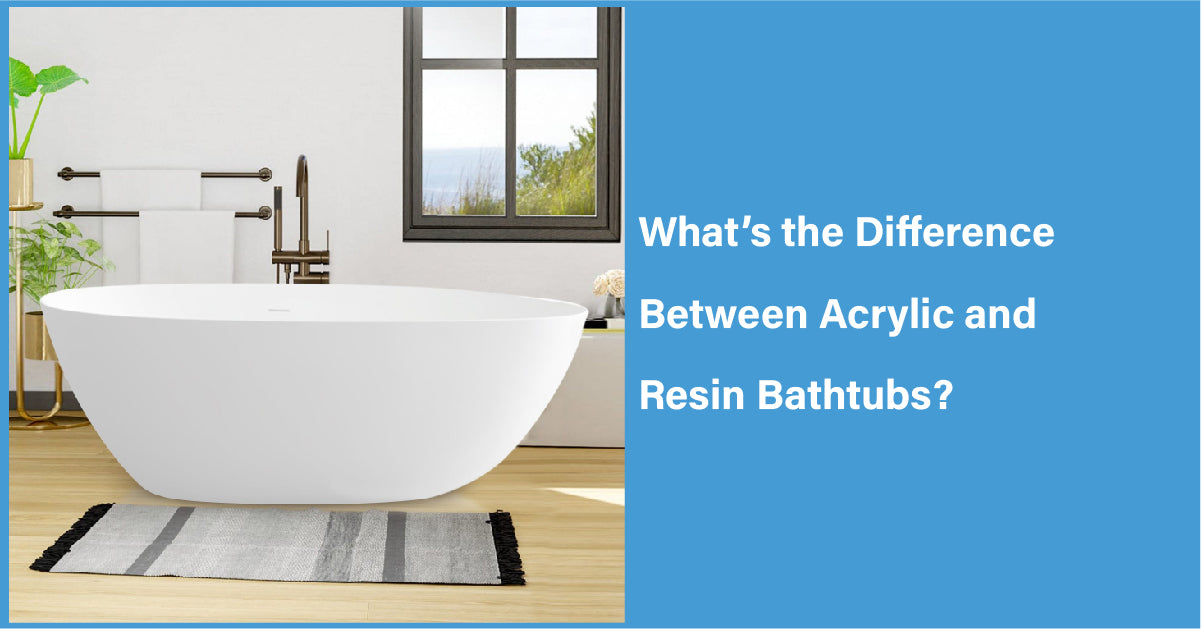
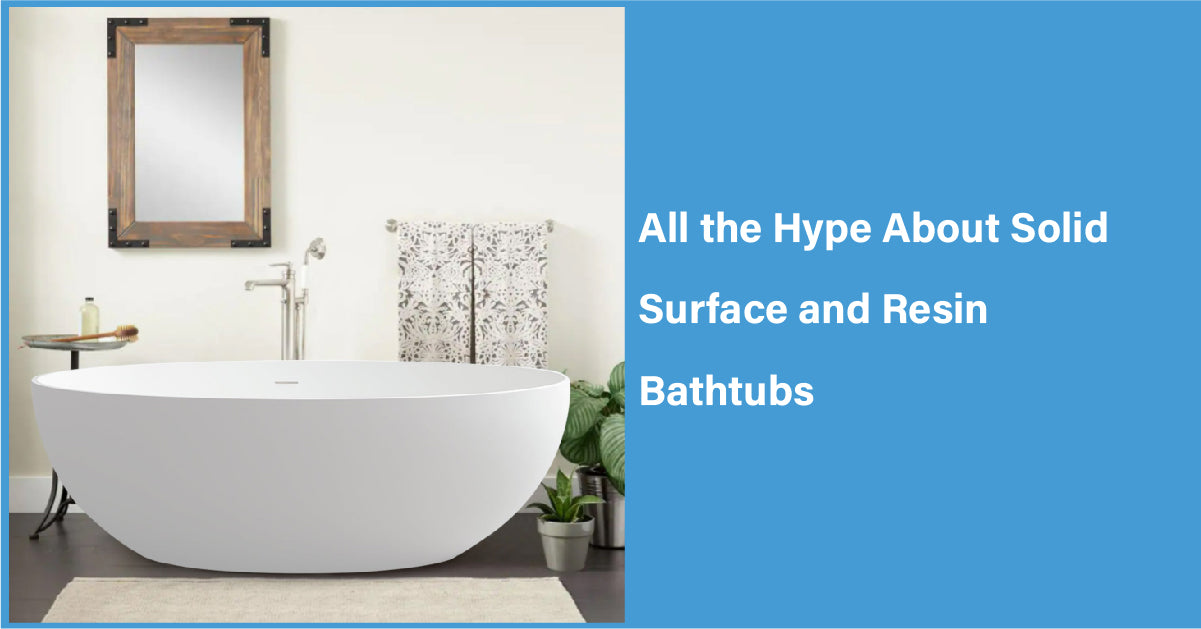
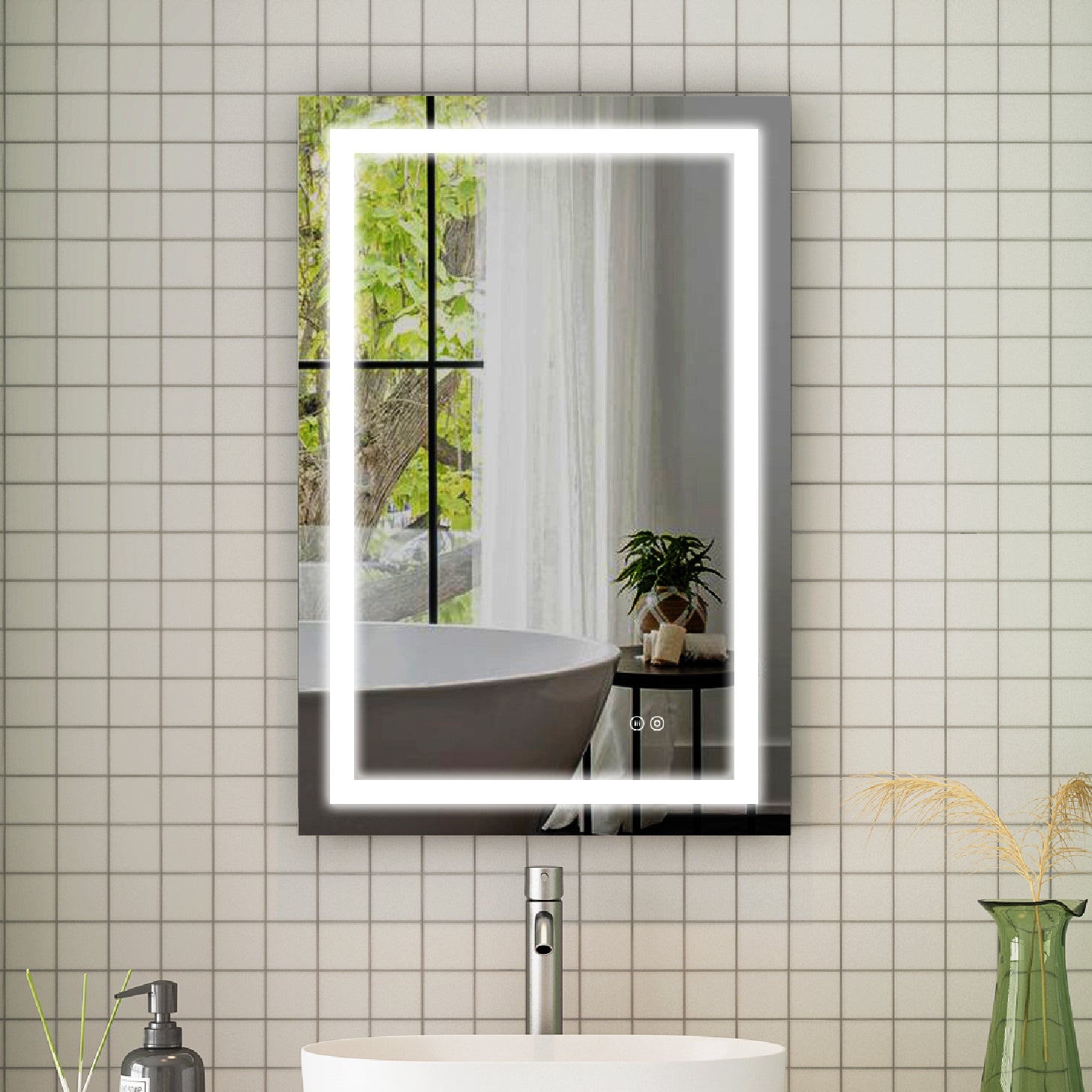

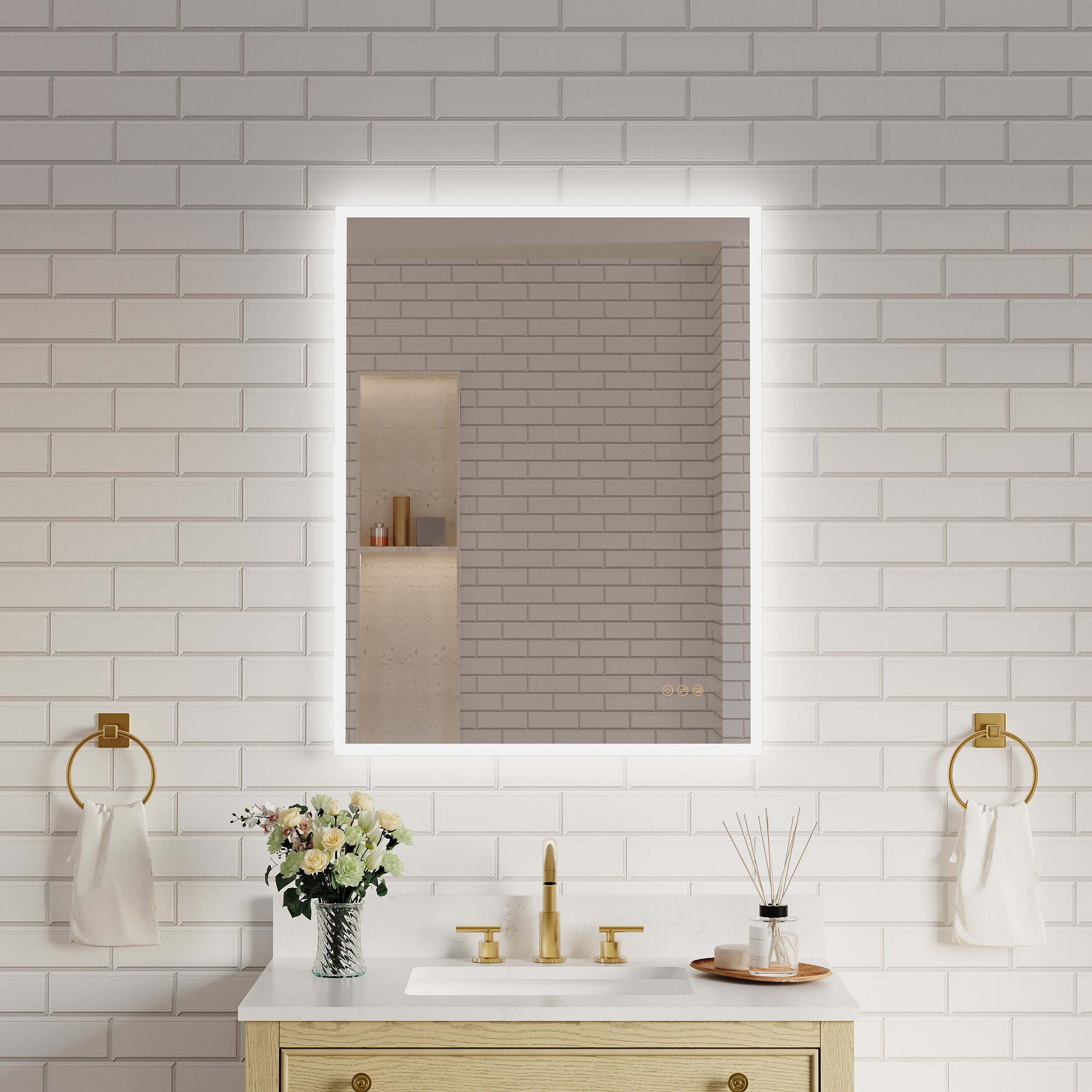


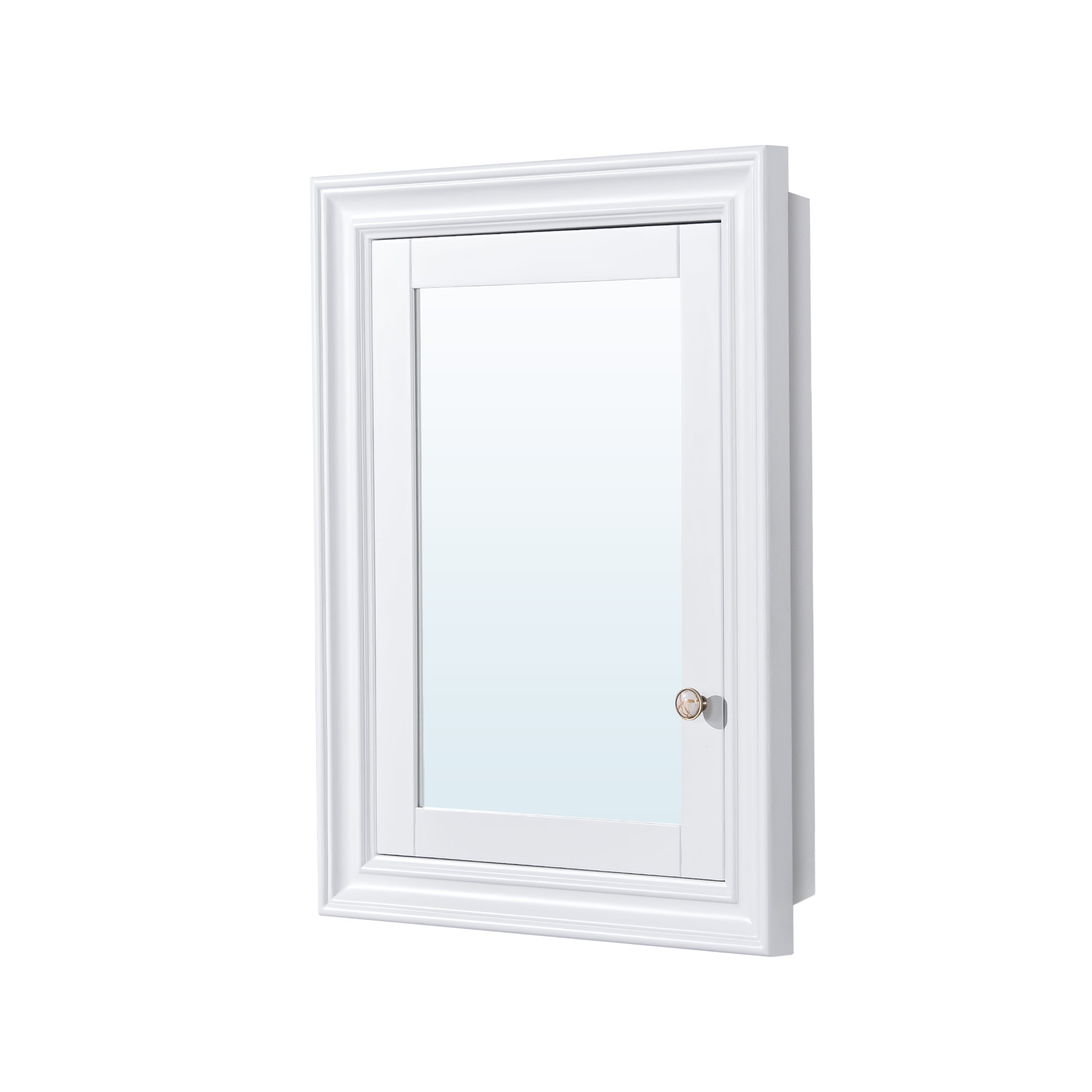
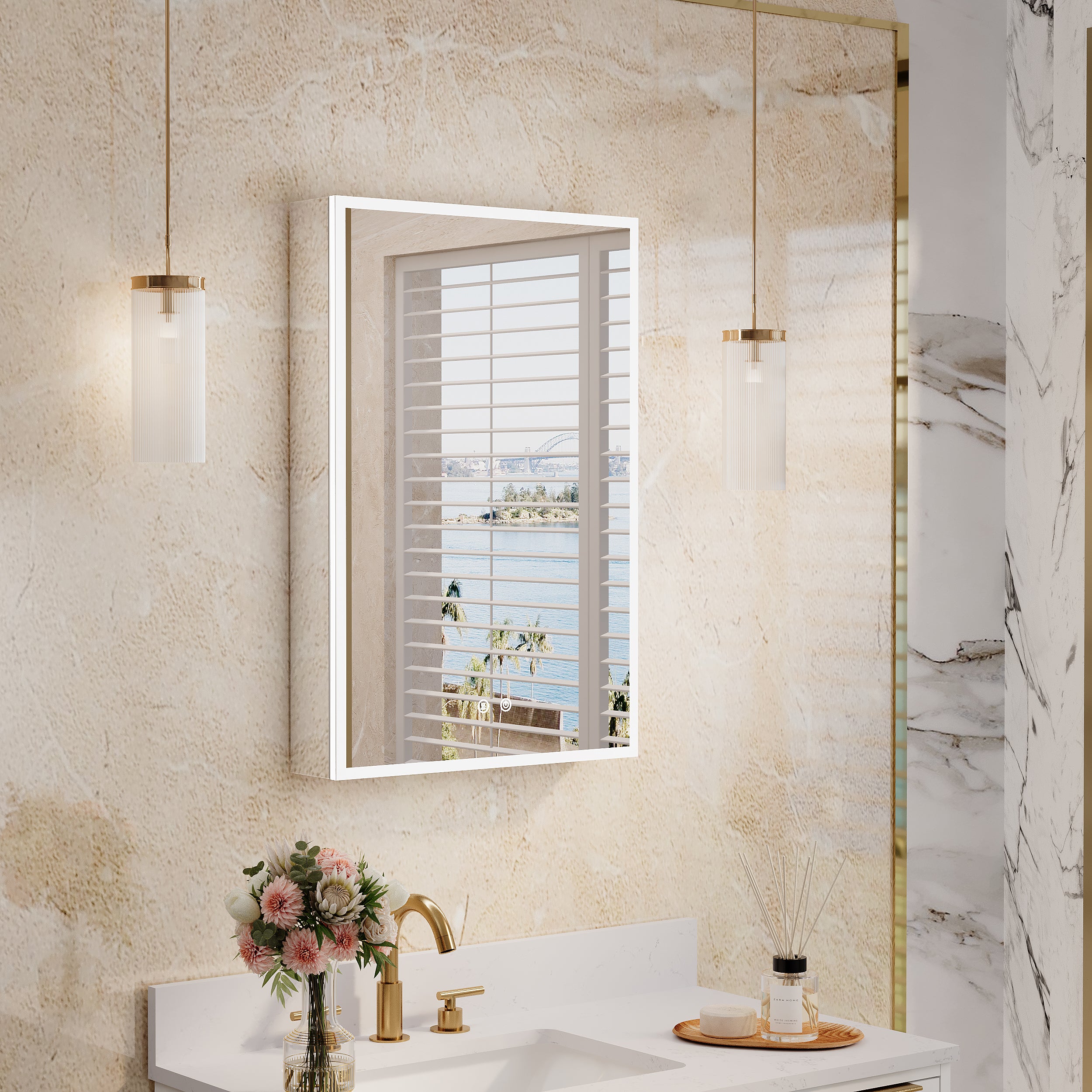
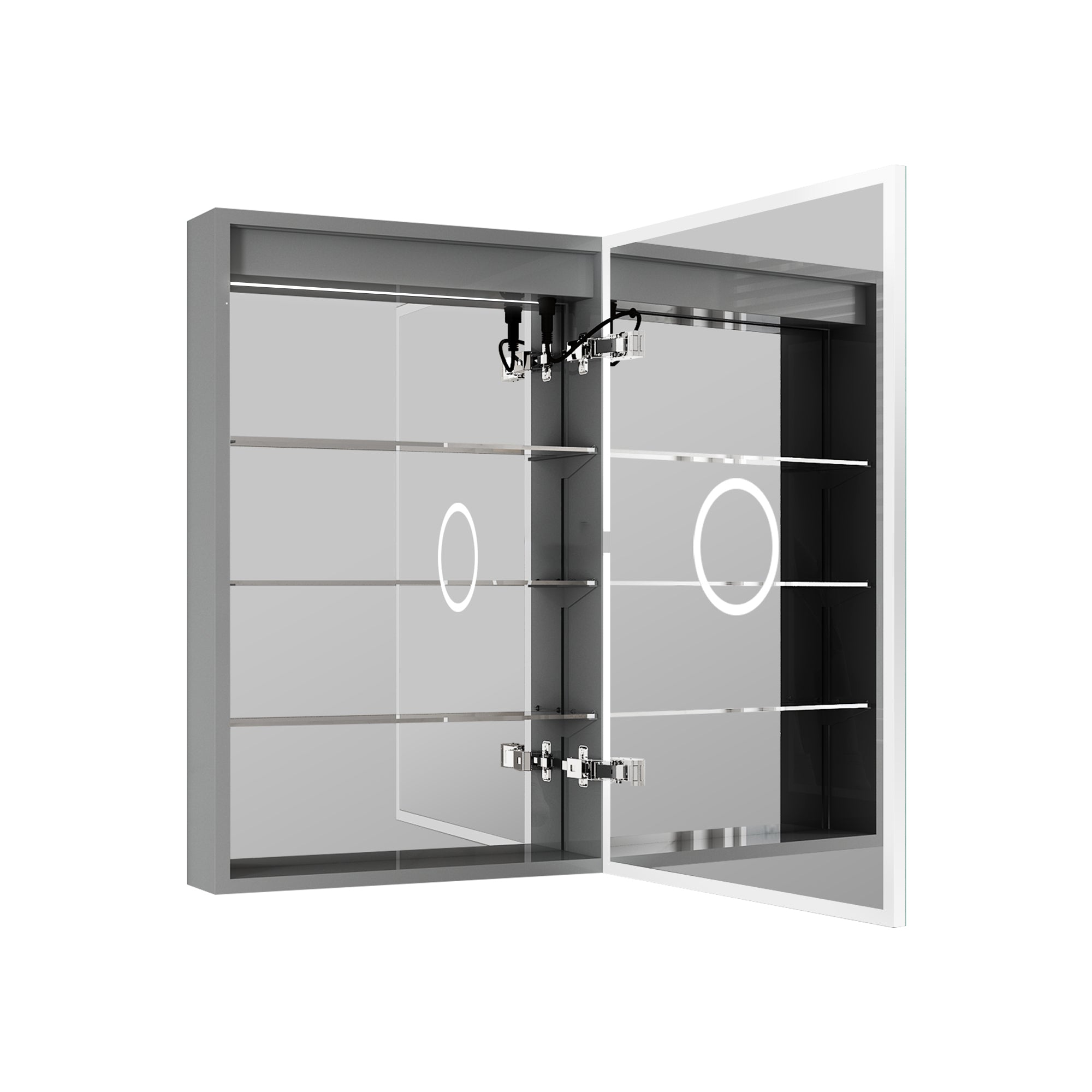
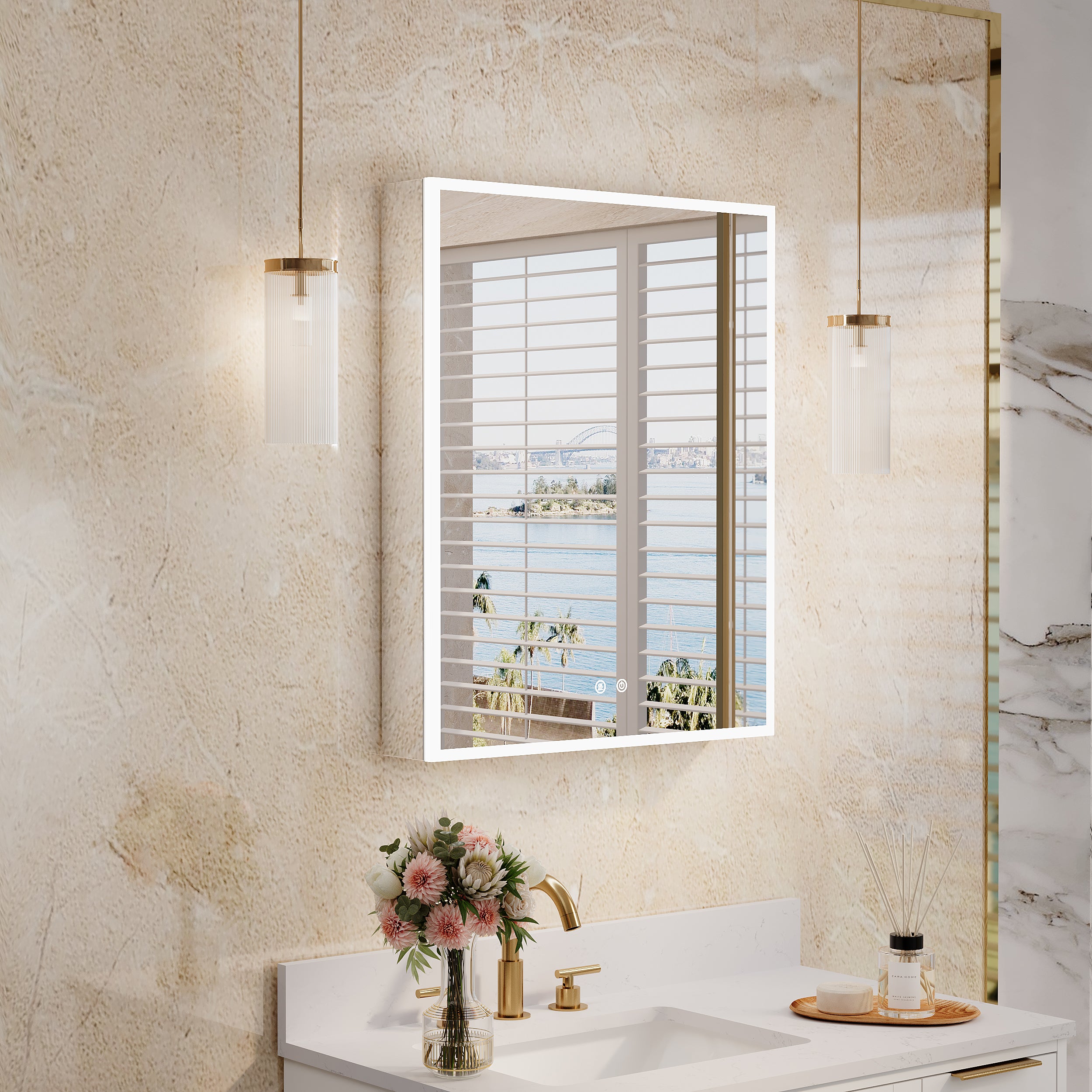

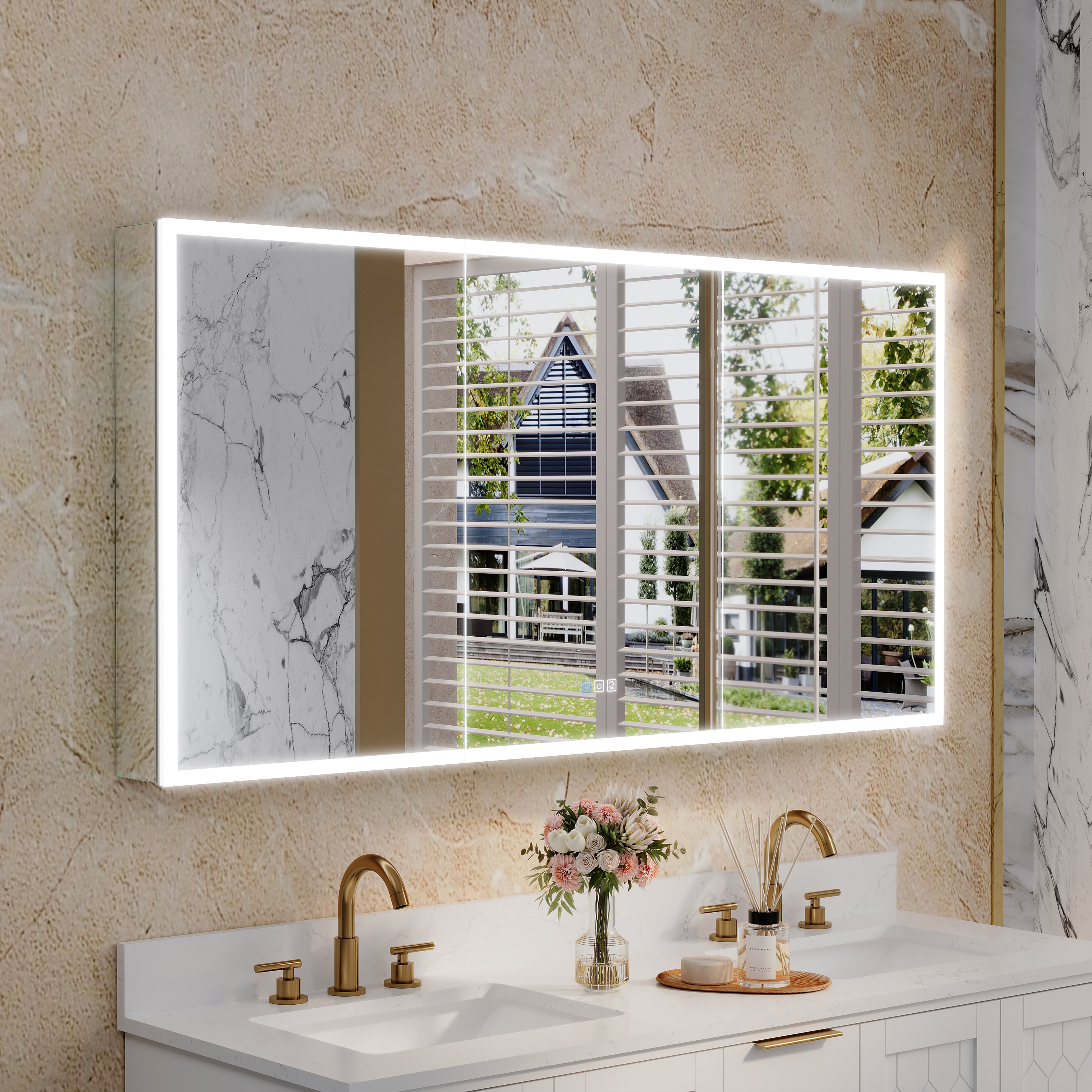

Leave a comment
This site is protected by hCaptcha and the hCaptcha Privacy Policy and Terms of Service apply.